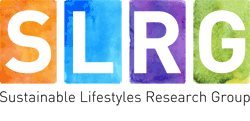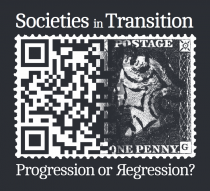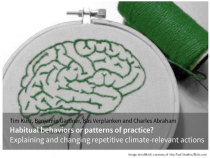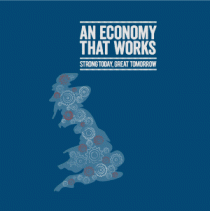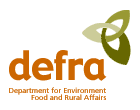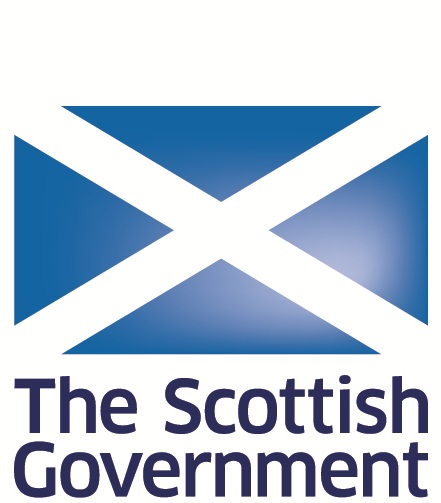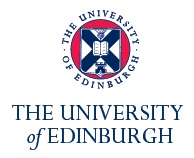- About
- Team
- Projects
- Children and the Environment
- ELiCiT (Exploring lifestyle changes in transition)
- Foundations for Sustainable Living
- HABITs
- Mapping Rebound Effects
- PASSAGE (Prosperity and Sustainability in the Green Economy)
- Policy Dialogue
- Price Responsiveness of Demand in Energy
- Resilience and Sustainable Lifestyles
- Sustainability Transitions in Food Systems
- Sustainable Living in Remote Rural Scotland
- Publications
- News
- Events
Commercial local area resource and emissions modelling – navigating towards new perspectives and applications
| Title | Commercial local area resource and emissions modelling – navigating towards new perspectives and applications |
| Publication Type | Journal Article |
| Year of Publication | 2013 |
| Authors | Bradley, P, Jackson, T, Druckman, A |
| Journal | Journal of Cleaner Production |
| Volume | 42 (2013) |
| Pagination | 241-253 |
| Date Published | February 2013 |
| Abstract | Meeting near future UK greenhouse gas (GHG) emissions targets will require all parts of the UK economy to contribute, and in particular significant changes in business practices are required at the local level. From review it was found that there is a lack of detailed business accounting and reporting of GHG emissions at the local level, especially concerning supply chain impacts and small and medium sized enterprises. This paper presents a framework model to generate detailed benchmark estimates of GHGs (both on site and supply chain related) for individual businesses and all businesses of a sector within an area. The model makes use of available economic and environmental data, and, with similar datasets existing in other parts of the world, such models may be used elsewhere. The framework model is applied to an empirical case study. Estimates from such a framework can be used in a step-by-step approach to move businesses and local areas towards improved accounting, reporting and sustainability (including procurement). The model makes use of two different accounting perspectives: the production perspective (on site GHGs) and the provision perspective (supply chain GHGs attributable to purchased inputs of a business or sectors production). The new provision perspective and its consequences are explored and explained. |
| URL | http://authors.elsevier.com/offprints/JCLP3165/c036962e36f4c69a27c651a26ef70b87 |
